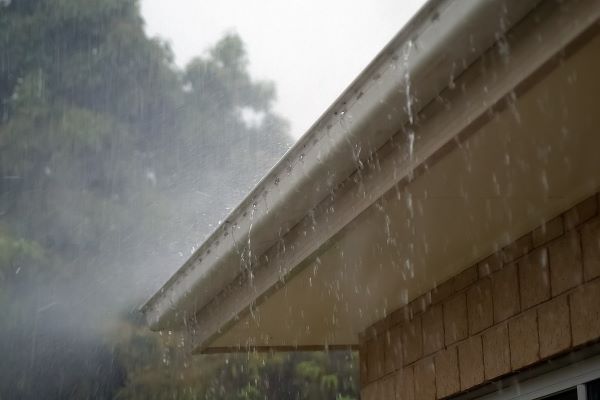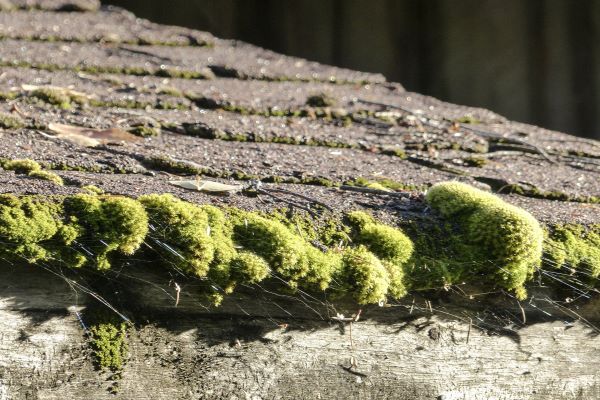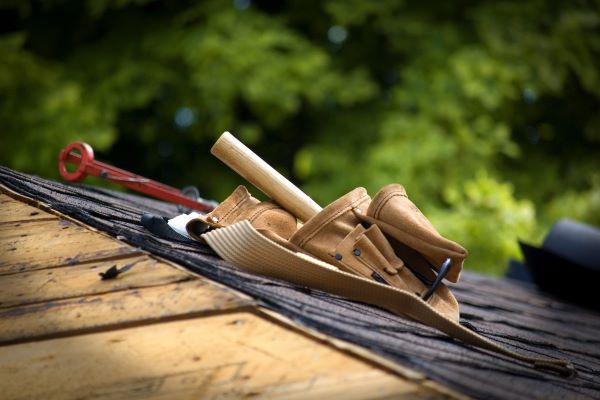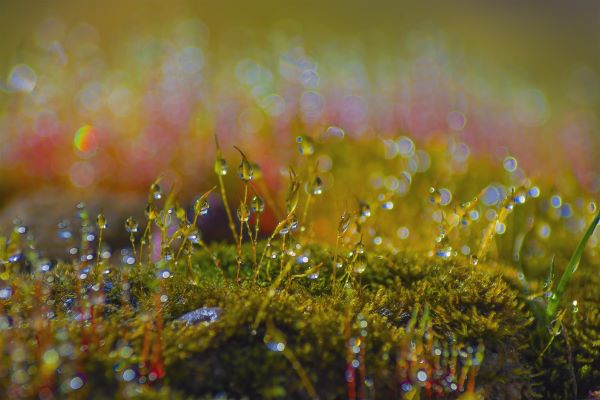What About My Gutters?
Ecomoss Blog
We post a variety of blogs on topics that help you make the most of your exterior maintenance projects. Check back often for updates!
Most Recent Posts ...
Posted on: 10/11/2020
Posted on: 9/14/2020
Posted on: 8/31/2020
Posted on: 8/17/2020
Search All Blog Posts
Blog Post Archive Categories
What About My Gutters?
There is not a “good” or “bad” type of gutter. Most gutters you see on houses are all primarily the same type of gutter. The best thing to do is to make sure they are in good shape or the wood facia (the wood underneath the gutter) is not rotting. This will cause the gutters to sag usually away from the down spout which creates pooling and over-flowing.
Gutter covers can work depending on where you live. If you live under a lot of trees and don’t tend to the tops of the gutter cover, they can often get clogged up or even start growing moss on top and the water will flow right off the side. If you live in a place with little to no tree coverage, they work great. Ecomoss have taken them off for some customers in the past who opted for us to clean the gutters twice a year.
We can fix clogged downspout. It is usually just a screw or two to remove it from the gutter and empty it out. Most people can do this on their own as long as they have a ladder and a cordless drill. As far as damaged gutters we do not replace those.
For the area we live in, we recommend gutters be cleaned at least every 6 months or as often as needed.
Call today to set up a regular six month gutter cleaning!

Why is it bad to have moss growing on your roof?
Moss and algae tend to grow in damp, shaded areas and can cause damage to your roof both directly and indirectly. If you allow large patches moss to grow on your roof, these patches hold water against the surface of the roof, which can cause the roofing materials to rot and deteriorate. Therefore, having to replace your roofing more than needed. In addition, the water trapped in the moss pools in gaps between your roofs shingles, and as the water freezes and thaws it can pull the shingles apart, causing even more damage. The growth of moss on the shingles and the constant water underneath will also damage the shingles causing them to curl up on the ends. Over time if left untreated, the moisture will start to creep into the wood causing water damage and leaks in the roof. We suggest having moss removed on a regular basis so that way none of these situations happen to you! You can call us for a free estimate and our suggestions on a schedule to keep moss growth under control.

What is the best way to remove moss?
We have found the best way to remove moss from the roof is by using the back of a push-broom. We flip the broom on its back, the wood side, then walk from top to bottom in a straight line from the ridge to the gutter line. The moss gets knocked off and rolls down into the gutter where we can conveniently collect it before we treat the roof. Any excess that falls off we collect and bag to be thrown out. If the moss is too small to be knocked off by the broom, if its lower than the shingle above it, then we leave it. When we treat the roof with our solution the moss and anything it is feeding on will die off, and over time crumble away. Another way we have found to be useful is just using our hand with a glove to scrape the moss off in highly visible areas. Neither the broom or your hand will void the warranty on your roof. You can certainly use other tools that do not damage your roof, but this is what we have found to be most effective.


